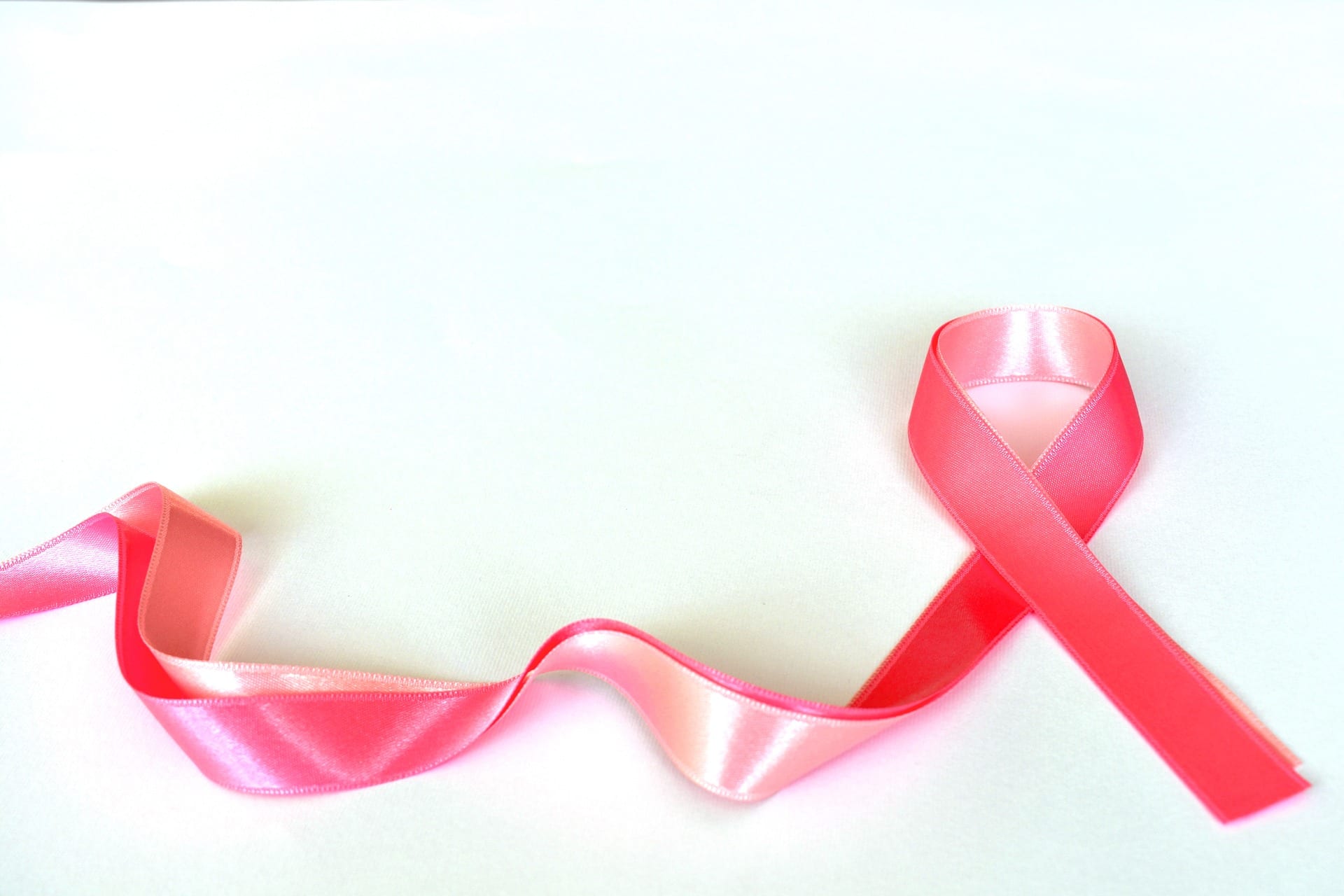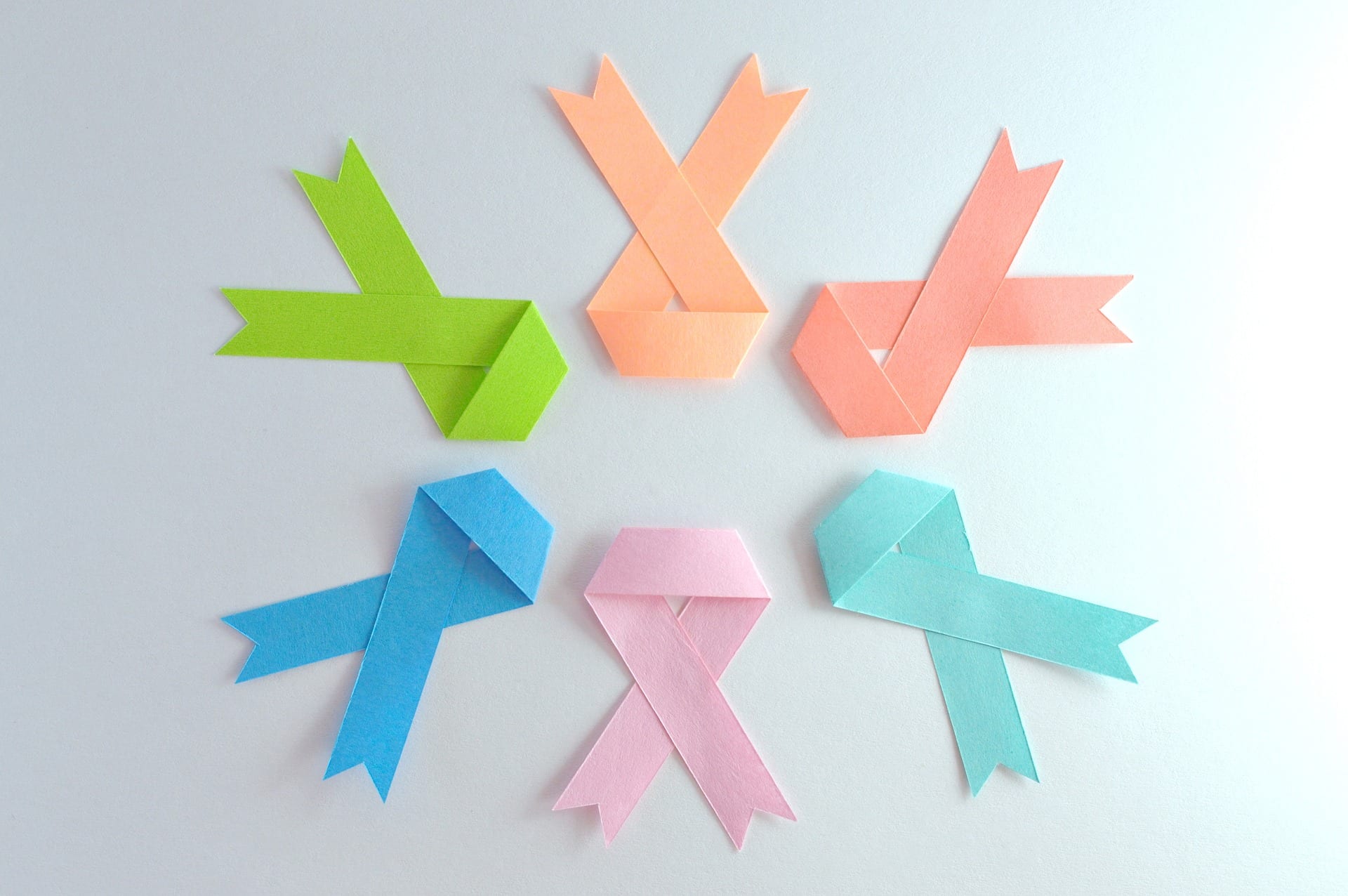
On February 4th, we celebrated World Cancer Day to remember those affected by cancer, standing by them in their fight against it. Known as the big “C,†cancer is a dreaded disease. There were 18.1 million new cases worldwide in 2018, of which 9.6 million were fatal. Being a leading cause of mortality, it has the dismal ring of a death sentence, but we shouldn't lose hope altogether after a cancer diagnosis.
Cancer is the uncontrolled division of our own body cells. One cancer cell has the ability to divide into numerous daughter cells and spread away from its origin. We say that cancer has metastasized when it enters the bloodstream and can thereafter access all organs. The prospect of recovery after metastasis is quite bleak. But if we remain vigilant and get diagnosed early, then we have a high chance of recovery.
As a young woman, I was concerned about my own risk. I found that breast cancer is the most common of all cancers with an average of 1 in every 8 American women receiving a diagnosis. In fact since 2008, its worldwide incidence increased by 20% but luckily, with modern medicine and better detection, death rates have dropped by 40%. The prognosis is so much brighter, but I noticed a worrisome trend.
Mortality is highest in women below 40 and above 80 years of age. I feel for their families because the loss of a young mother will leave her kids behind in a broken home. One would expect being younger should help to fight cancer better and have a higher chance of survival. The figures for the elderly however, are not as alarming. Our immune system loses its vigor to ward off an affliction like cancer as we age. What is responsible for the grim scenario in young women?

Breast cancer in young women is often detected at a later stage as the typical age for clinical screening is from 40 onwards. Survival rate is strongly correlated with an early diagnosis. In fact, decreases in mortality in older women are believed to be a result of early intervention through regular screenings.
Sadly, there is a lack of effective screening tools for young women. Mammograms are not very sensitive to dense breast tissues, contributing to the mortality trend. The good news is that breast cancer is surface exposed, unlike liver or pancreatic cancers, which are extremely difficult to detect due to their interior location. Being vigilant to any physical abnormalities can do wonders in early detection which can lead to a complete cure. It would not be a stretch to say that we can wholly eradicate breast cancer mortality in young women.
Being educated and aware is important, but simple habits can go a long way too. For instance, helping yourself with a daily dose of sunlight can reduce your risk. A study showed that sunny places like Tampa and Phoenix had the lowest breast cancer mortality followed by Los Angeles, Boston, and other cities, while Chicago recorded the highest mortality. In fact, many habits of an urbanized sedentary lifestyle contribute to an increased risk. So stay active, eat a high fruit and veggie diet, consume low levels of alcohol, and avoid smoking.
This blog emphasizes the importance of self-awareness. We should all learn how to do a self-breast examination. Although the incidence is much lower in younger women, one must understand that nobody is absolutely immune (including men). The next person might be someone close to you. So, take steps right away to protect yourself and your loved ones!
About the Author
 |
Ankita Roy is a Ph.D. Student in the Department of Plant Biology at the University of Georgia working with bean roots. She plays mommy to two kittens and can whip up a curry to fire your taste buds in no time. True to her cooking skills, she enjoys trying out new cuisines to satisfy her passion for everything flavorful. She is an executive member of the Indian Student Association. You can reach her at ankita.roy@uga.edu. More from Ankita Roy |
About the Author
- athenssciencecafehttps://athensscienceobserver.com/author/athenssciencecafe/April 17, 2020
- athenssciencecafehttps://athensscienceobserver.com/author/athenssciencecafe/April 12, 2020
- athenssciencecafehttps://athensscienceobserver.com/author/athenssciencecafe/April 3, 2020
- athenssciencecafehttps://athensscienceobserver.com/author/athenssciencecafe/March 30, 2020







